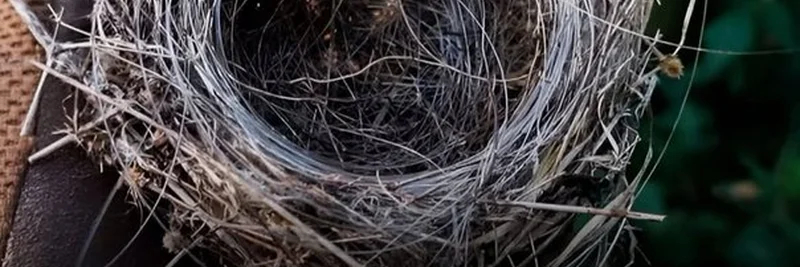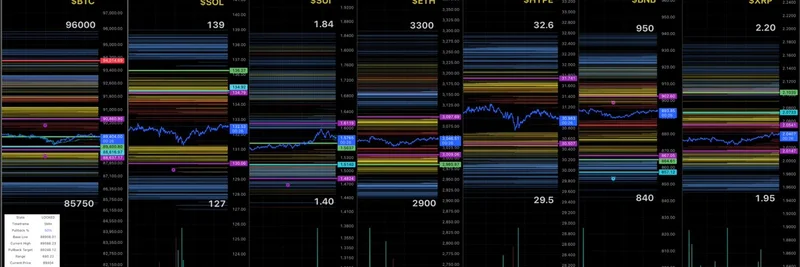Have you ever imagined birds getting a high-tech upgrade? Well, that’s exactly what’s happening in Ukraine! A recent post on X by @therealchaseeb has caught everyone’s attention with a stunning image of a bird nest woven with fiber optics, likely scavenged from crashed drones. This quirky blend of nature and technology is turning heads and sparking curiosity worldwide.
What’s Behind This Unusual Nesting Material?
Fiber optics are thin, flexible strands of glass or plastic used to transmit data at lightning speeds, often found in modern drones for communication. In Ukraine, where drone warfare has become a significant part of the ongoing conflict, these high-tech gadgets are crashing frequently. It seems the local birds have adapted, using the lightweight, durable fiber optic cables as a resourceful building material for their nests. The image shows a nest cradled in a hand, with shiny strands peeking out among the traditional twigs and grass—proof of this fascinating adaptation.
Why Are Birds Doing This?
Birds are incredibly smart when it comes to using their surroundings. With drone debris littering the landscape, these resourceful creatures might see the fiber optics as a strong, flexible addition to their homes. Unlike metal or plastic, fiber optics are non-toxic and easy to weave, making them a practical choice. Plus, the reflective quality could even help deter predators by adding a bit of dazzle to the nest!
The Bigger Picture: Drones and the Environment
This trend sheds light on the environmental impact of drone usage. While fiber optics might not harm the birds, the presence of crashed drones highlights how technology and nature are increasingly intersecting. In conflict zones like Ukraine, where both sides use fiber-optic-guided drones to avoid radio jamming, the aftermath leaves a trail of debris. This isn’t just a quirky story—it’s a reminder of how wildlife adapts to human activity, for better or worse.
What Does This Mean for the Future?
As drone technology evolves, we might see more examples of nature and innovation colliding. Could this inspire eco-friendly drone designs that minimize environmental impact? Or perhaps it’s a call for better cleanup efforts in war-torn areas? For now, it’s a delightful surprise to see Ukrainian birds turning war debris into cozy homes.
If you’re intrigued by this blend of tech and nature, keep an eye on meme-insider.com for more updates on how blockchain and technology trends intersect with our world. Who knows what other wild innovations we’ll uncover next!


